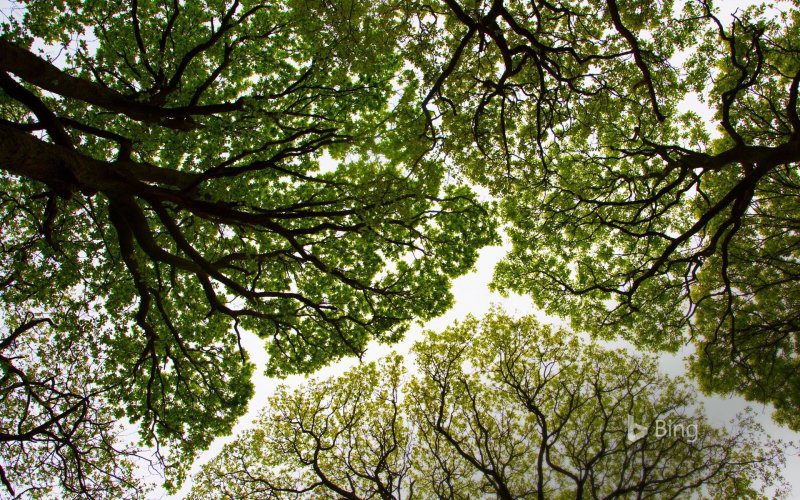3 Ways Trees Improve our Mental Wellbeing
At a young age, we all learn that trees undergo a process called ‘photosynthesis’ which is largely responsible for maintaining the Earth’s oxygen levels and providing clean air. But how well do we really understand the impact of trees on our own mental health? A growing body of research indicates that trees play a vital role in improving our communities’ mental wellbeing.
While it has become common knowledge that living near open green space may support general mental wellbeing, recent studies are also highlighting a difference between the types of open green spaces available. In 2019, Astell-Burt & Feng, assessed whether “total green space or specific types of green space are associated with better mental health.” This study, involving 45,000 adults, concluded that those living in areas with 30% or more tree coverage, experienced 31% lower probability of psychological distress when compared to those living in areas with 0% – 9% tree coverage. While exposure to areas with 30% or more grassy area was actually associated with up to 71% higher odds of general psychological distress and poorer health.
Studies such as the one above highlight the unique role of trees rather than any green area, in maintaining community mental health and thus the importance of preserving, protecting and restoring areas of tree canopy/coverage in urban areas.
But how do trees actually improve our mental health?
- Higher temperatures are increasingly being linked to heat exhaustion and mental health issues. Research indicates that trees may be the best option to lower temperatures in urban cities. A cooler environment may not only lower heat exhaustion but make it more encouraging for people to do outdoor exercise which in turn also results in better mental health.
- Trees provide an instant relief to our senses. Imagine walking down a busy road – cars honking, exhaust, billboards, heat. Now imagine turning onto a road full of lush trees. The rustling of the leaves, birds singing, the smell of the air, the colours, the shapes, the breeze; all of this provides a quick relief to daily stressors. Various studies have focused on the impact on nature walks on reducing anxiety, lowering blood pressure and even boosting one’s memory.
- Trees foster a sense of community. Having a place to walk, jog or have a coffee among the trees can increase our connection with our neighbours and friends. The setting is more encouraging to stop for a chat, meet up to watch birds, go for a jog or even just sit and enjoy each other’s presence.
These were just a few examples of how trees benefit our lives while there numerous other studies that provide evidence for numerous benefits. The more you think about it, the easier it gets to notice the link between trees and the community’s wellbeing, and the more noticeable the link becomes, the more a community will strive to protect them.
Michaela Pace is a Psychology graduate from the University of Malta. She has worked with children and adolescents within the social sector and currently works as a Triage Officer and Volunteer Manager within Willingness Team, while pursuing a Masters in Gestalt Psychotherapy.
References:
Astell-Burt, T. and Feng, X., 2019. Association of Urban Green Space With Mental Health and General Health Among Adults in Australia. JAMA Network Open, 2(7), p.e198209.
Ng, E., Chen, L., Wang, Y. and Yuan, C., 2012. A study on the cooling effects of greening in a high-density city: An experience from Hong Kong. Building and Environment, 47, pp.256-271.






